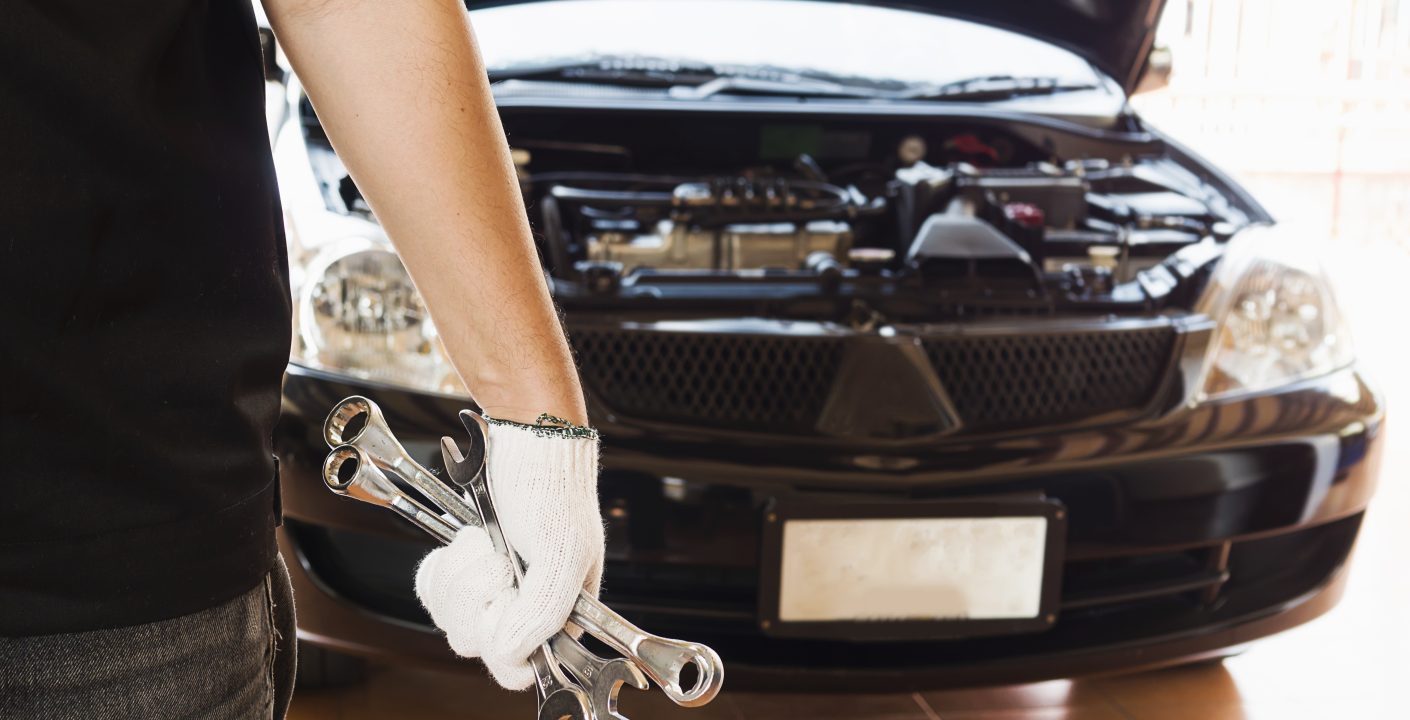When it comes to maintaining your vehicle’s clutch system, one crucial task is bleeding the clutch. This process is essential to ensure the smooth operation and longevity of your clutch. But what does it mean to bleed a clutch, and why is it so important? Let’s dive in and explore the reasons why you need to bleed your clutch and how it benefits your vehicle.
Understanding the Clutch System
Before we get into the details of bleeding the clutch, it’s important to understand the basic components and function of the clutch system:
- Clutch Pedal: The part you press to disengage the clutch.
- Master Cylinder: Converts the mechanical pressure from the pedal into hydraulic pressure.
- Slave Cylinder: Transfers the hydraulic pressure to disengage the clutch.
- Clutch Fluid: Hydraulic fluid is used to transmit the pressure from the master cylinder to the slave cylinder.
What Does Bleeding the Clutch Mean?
Bleeding the clutch involves removing air bubbles from the clutch hydraulic system. Over time, air can enter the system through small leaks or during repairs and maintenance. These air bubbles can significantly affect the performance of your clutch.
Why Bleed the Clutch?
- Restoring Hydraulic Pressure
Air bubbles in the hydraulic system can compress, unlike the incompressible clutch fluid. This leads to a spongy clutch pedal feel and reduces the hydraulic pressure needed to disengage the clutch fully. Bleeding the clutch removes these air bubbles, restoring the proper hydraulic pressure and ensuring a firm and responsive clutch pedal. - Ensuring Smooth Gear Shifts
A well-functioning clutch system is essential for smooth and efficient gear shifts. Air in the system can cause incomplete clutch disengagement, leading to difficult or crunchy gear changes. By bleeding the clutch, you ensure that the clutch disengages fully, allowing for smoother and more precise gear shifts. - Preventing Clutch Damage
Incomplete clutch disengagement can cause unnecessary wear on the clutch components, such as the clutch disc and flywheel. This can lead to premature failure and costly repairs. Regularly bleeding the clutch helps maintain the health of these components, extending their lifespan and preventing expensive damage. - Improving Driving Safety
A poorly functioning clutch can compromise your ability to control the vehicle, especially in situations requiring quick gear changes or sudden stops. Ensuring that the clutch system is free of air bubbles enhances your control over the car, contributing to overall driving safety. - Maintaining Optimal Performance
Regular maintenance, including bleeding the clutch, keeps your vehicle operating at its best. A responsive clutch system improves overall performance, ensuring that your vehicle runs smoothly and efficiently.
How Often Should You Bleed the Clutch?
The frequency of bleeding your clutch can depend on various factors, including the vehicle make and model, driving conditions, and manufacturer recommendations. As a general guideline:
- Check Your Owner’s Manual: Always refer to the manufacturer’s recommendations for your specific vehicle.
- Regular Maintenance: Consider bleeding the clutch as part of your routine maintenance schedule, typically every 30,000 to 60,000 miles.
- After Repairs: Bleed the clutch whenever the hydraulic system is opened for repairs, such as replacing the master or slave cylinder.
- When Issues Arise: If you notice a spongy clutch pedal, difficulty in gear shifts, or other clutch-related issues, bleed the clutch to address potential air bubbles in the system.
Bleeding the clutch is a vital maintenance task that ensures the smooth operation, longevity, and safety of your vehicle’s clutch system. By removing air bubbles from the hydraulic system, you restore hydraulic pressure, improve gear shifts, prevent clutch damage, and maintain optimal performance. Make it a part of your regular maintenance routine to keep your vehicle running smoothly and efficiently.
If you’re unsure about performing this task yourself, consult a professional mechanic to ensure it’s done correctly. Keeping your clutch system in top shape will contribute to a better driving experience and extend the life of your vehicle.



